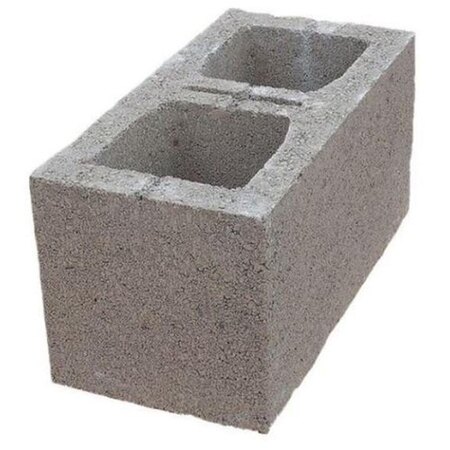
The global market for rheumatoid arthritis treatments is expected to grow at a CAGR of...
Learn More
Our consulting solutions address company specific challenges with respect to micro environment...
Learn More
Organizations frequently need day-today research guidancein order to gain strategic...
Learn More
Exploring different areas of market research and market analysis is a key factor...
Learn MoreAcute Market Reports presents the most extensive global business research services across industries. Our research studies focus on potential outcomes, benefits, and risks associated with each market segment across geographies. Having served our global clients for more than 10 years, our prime priority is to enable our clients in making well-informed business decisions through a data-driven, analytical, and uncomplicated research approach.
We provide access to the world's most comprehensive, analytical, and updated business intelligence services and solutions.




The anti-snoring treatment market is expected to grow at a CAGR of 10.8% during the forecast period of 2025 to 2033, driven by the increasing prevalence of snoring and the growing awareness of its health implications. Snoring is a common condition ca...
Read More
The Hollow Concrete Block market is expected to experience a CAGR of 5.5% during the forecast period of 2025 to 2033, driven by the increasing demand for sustainable and cost-effective construction materials. Hollow concrete blocks are widely used in...
Read More
The data center it asset disposition market is expected to grow at a CAGR of 7.2% during the forecast period of 2025 to 2033, spanning technological advancements, environmental sustainability, and data security concerns. The data center it asset disp...
Read More




